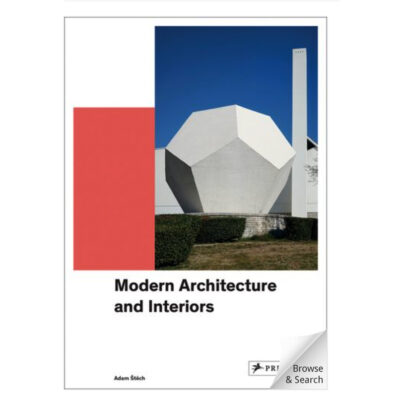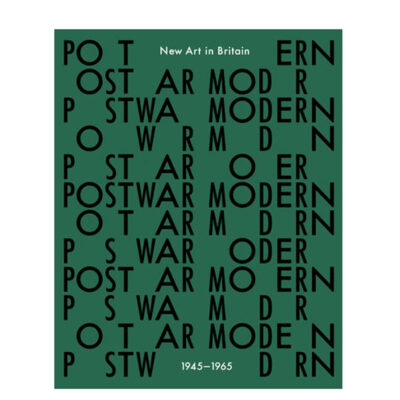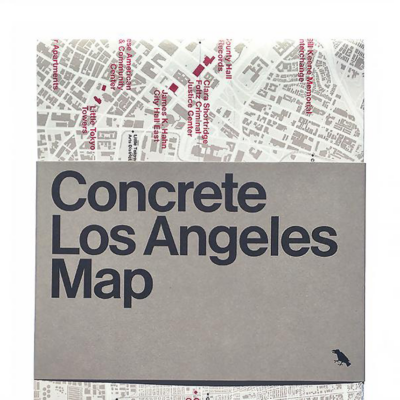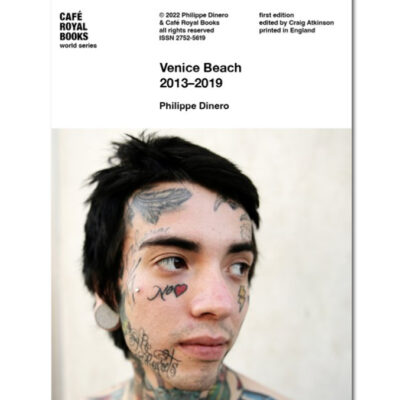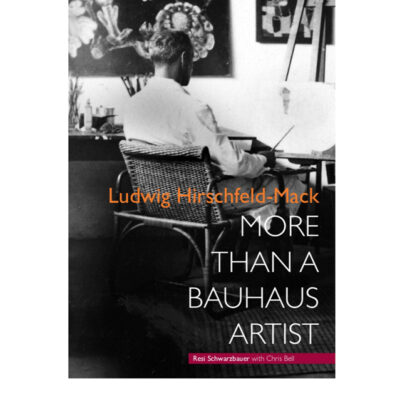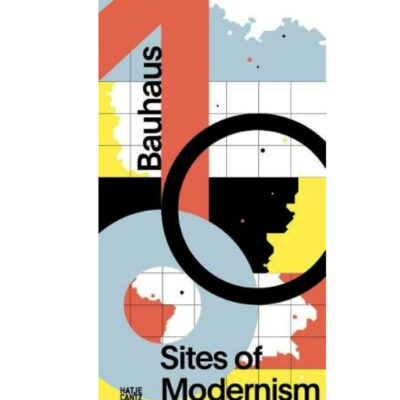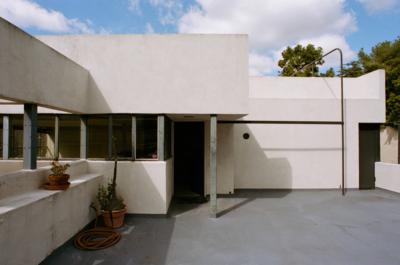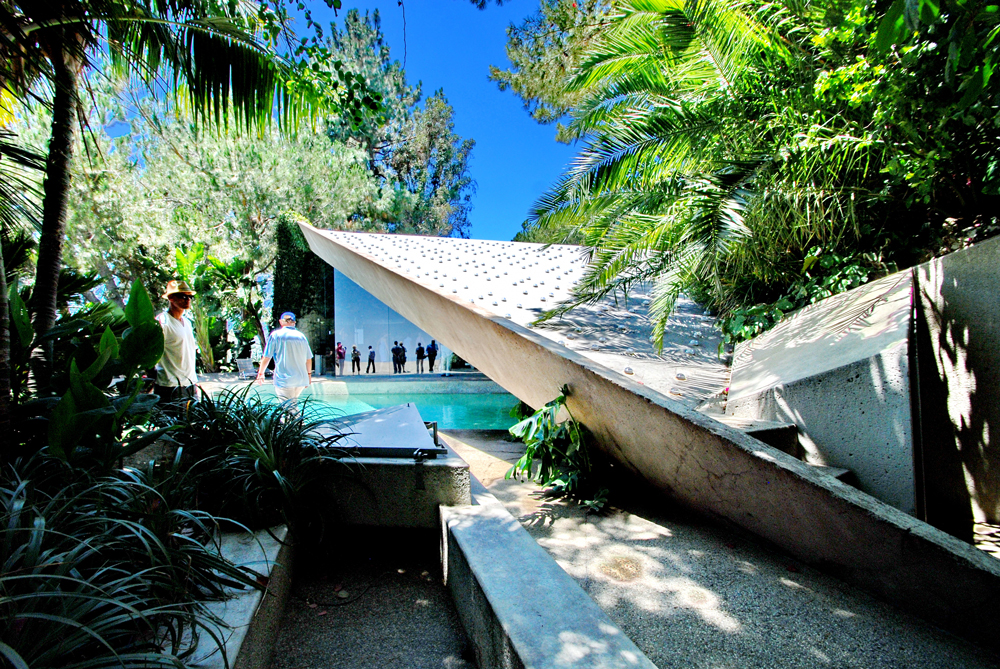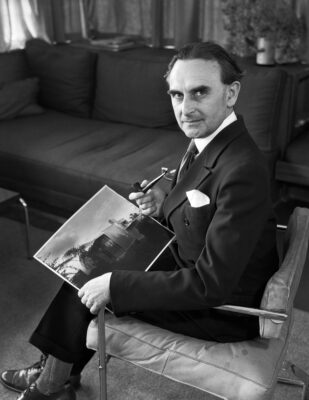Kaufmann Desert House
an iconic setting for poolside gossip
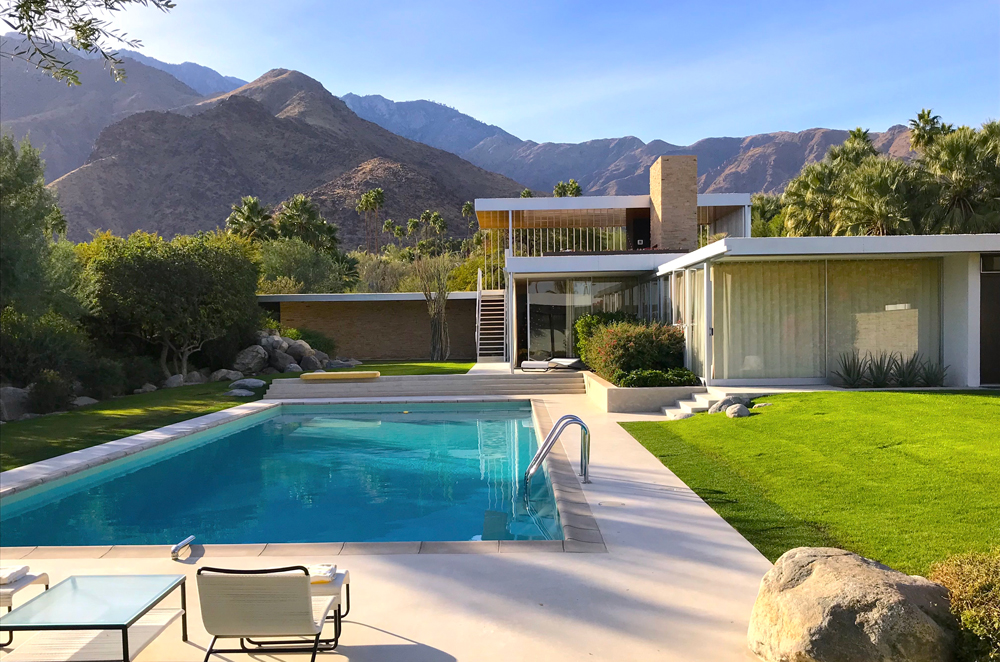
Kaufmann Desert Home Image Pmeulbroek CC BY SA 4.0
It is impossible to think about Southern Californian desert modernism without conjuring up a vision of the Kaufmann Desert House designed by Richard Neutra in 1946. Europe was in ruins and bankrupt while the USA was at the pivot point from its role as the mass manufacturer of the hardware that had helped smash the Nazis to the great mass producer of consumer goods to power its huge economic boom of the next 20 years. From the moment the Palm Springs ‘winter’ home was completed for department store magnate Edgar J Kaufmann, and photographed by Julius Shulman, it gained international recognition. Palm Springs had become in the 20s the fashionable retreat for Hollywood celebrities because it was less than two hours from the studios and so satisfied the contractual stipulation for film stars that they could be back for a shoot within 120 minutes. Neutra’s architecture became the very image of the late 40s, 50s and 60s starry leisure society of Palm Springs, including the Rat Pack (Dean Martin, Sammy Davis Jr and, of course, Frank Sinatra), Marilyn Monroe, Cary Grant, Bob Hope and Kirk Douglas. Palm Springs had even been a refuge for Albert Einstein. Palm Springs still signifies American optimism and aspiration.
The Kaufman Desert House’s design is a free-flowing, open plan, principally one-storey home, with the addition of the gloriette – Neutra’s name for the one-raised area affording the viewer the opportunity to survey the whole scene – house, pool and stark landscape beyond. Using concrete, steel, glass and Utah sandstone with a landscaped surround featuring desert plants and boulders, Neutra brought everything together to create a family home in the harshest of conditions (average summer temperatures 94 degrees) whilst entirely blending in with the desert backdrop of the peaks of Mount Jacinto and Coachella Valley.
It’s curious to think that two men who made such a profound mark on our understanding of desert modernism were Swiss-German-born Albert Frey and Austrian-born Neutra. Both had been schooled in European modernism and had worked on landmark projects with leading figures., They found their way to the West Coast (for Neutra, with some notable pitstops along the way) and shaped America’s understanding of international style. For Albert Frey, Palm Springs was his life’s work. Neutra was constantly being drawn back to Los Angeles. When the two men came together, Palm Springs’ Limelight News wrote a feature article, “Frey Weekend Host”, about the visit from “Mr. & Mrs. Richard J. Neutra of Los Angeles.” It noted, “Mr. Neutra is the well-known architect so famous for his ultra-modern houses. He designed the Grace Lewis Miller modernistic house here a few years ago, which since has appeared in many architect magazines as an outstanding example of modern design.” The house in question was Neutra’s 1937 Mensendieck House. A decade later, he would complete the Kaufman House.
If the pool deck looks familiar, it’s not by chance. Slim Aaron made it an icon of cool in his photo of Lita Baron, Helen Dzo Dzo Kaptur and Nelda Linsk avidly taking part in some ‘Poolside Gossip’ in 1970. This leads neatly to the story* shared by architectural historian and author of Richard Neutra and the Search for Modern Architecture, Thomas S. Hines, that Neutra built the pool area first. It was not uncommon to find him “critiquing the rest of the construction while splashing and floating in the water.”
“the inherent and inseparable relationship between man and nature”
Biorealism was the expression Neutra coined to convey his belief that underpinning everything was “the inherent and inseparable relationship between man and nature”. The Kaufmann Desert House and his much earlier Lovell Health House were physical embodiments of his philosophical approach. Is it conceivable that he might have had an inkling then about how climate-threatening changes would have such a profound impact on our well-being today? He worked tirelessly to ensure his client’s homes were not just beautiful, but that they worked – today the speak of sustainability – Neutra wouldn’t have recognised the term in 1946 but he knew what he wanted to achieve for the Kaufmanns, and the house stands as a testament to that ideal.
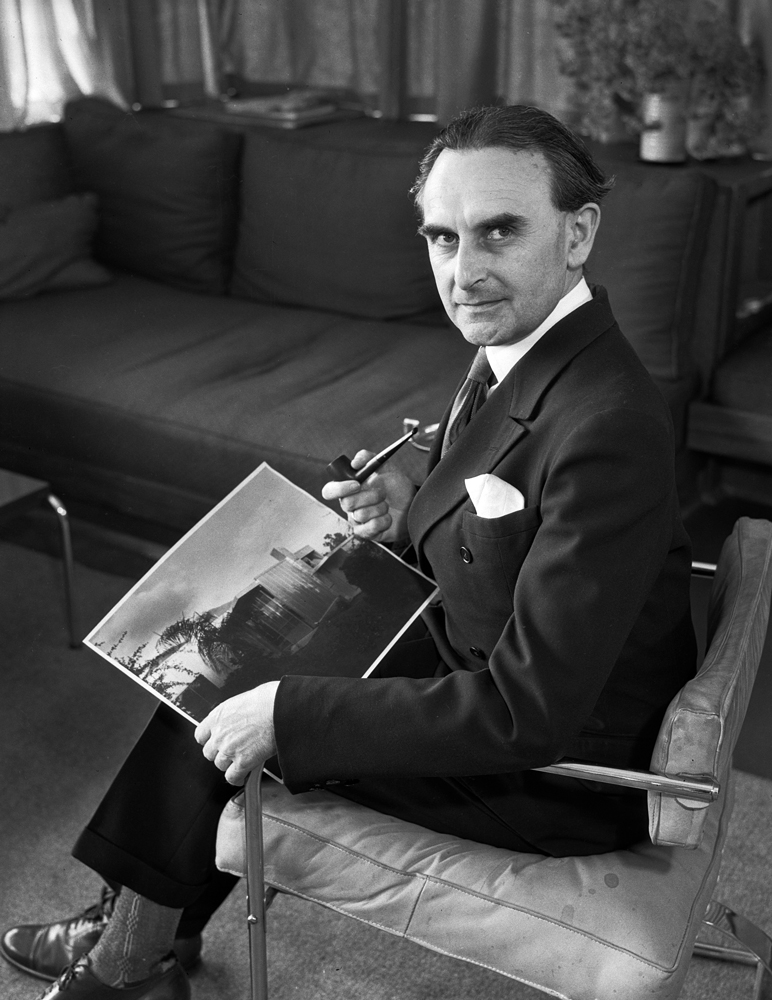
Richard Neutra 1935 CC BY SA 4.0
With a huge vision Edgar J had in his portfolio another modernist masterpiece, Fallingwater in Pennsylvania. Designed by Frank Lloyd Wright for the family a decade earlier as their summer retreat.
Know before you go:
The house is in private ownership and not open to the public
It has been awarded Palm Springs City Council Class 1 Historic Site
Palm Springs Modernist Week information
Kaufmann Desert House image: Pmeulbroek CC BY SA 4.0
*Ref: Architectural Review
** Desertsun.com




